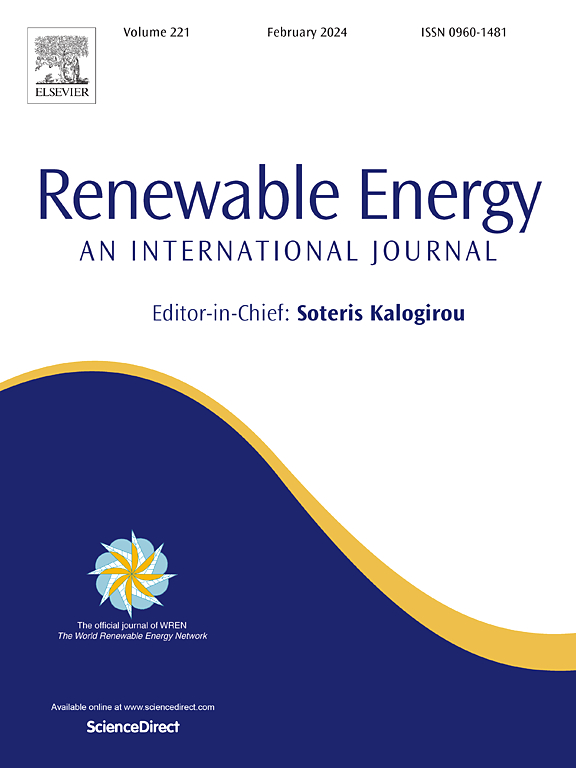Evaluating bias correction methods for wind power estimation using numerical meteorological models
IF 9
1区 工程技术
Q1 ENERGY & FUELS
引用次数: 0
Abstract
Enhancing our understanding of the meteorological factors influencing renewable energy is crucial in the energy transition, as inherent biases in widely used meteorological numerical models reduce their reliability in accurately simulating essential variables for electricity modeling. This study examines five bias correction methods for estimating wind power capacity factors, utilizing ERA5 reanalysis, Weather Research and Forecasting Model (WRF) simulations, and experimental data from multiple anemometric towers. Areas influenced by large-scale effects, such as the interaction between large-scale atmospheric circulation and orography, were accurately reproduced; however, regions with complex terrain exhibited larger errors. In some cases, the constraints imposed by large-scale features on near-surface winds are strong enough to make bias correction unnecessary. The Weibull quantile mapping and the quantile percentile method produced the lowest errors, however the latter preserved bi-modality. The mean state, linear scale, and quantile mapping Rayleigh methods produced the highest errors in 72% of the cases examined. Analysis of ERA5 revealed the dependence of its ability to reproduce the capacity factors on the conditions around the site. Bias correction alters the probability distribution’s shape, significantly impacting CF estimates through its interaction with the power curve.

求助全文
约1分钟内获得全文
求助全文
来源期刊

Renewable Energy
工程技术-能源与燃料
CiteScore
18.40
自引率
9.20%
发文量
1955
审稿时长
6.6 months
期刊介绍:
Renewable Energy journal is dedicated to advancing knowledge and disseminating insights on various topics and technologies within renewable energy systems and components. Our mission is to support researchers, engineers, economists, manufacturers, NGOs, associations, and societies in staying updated on new developments in their respective fields and applying alternative energy solutions to current practices.
As an international, multidisciplinary journal in renewable energy engineering and research, we strive to be a premier peer-reviewed platform and a trusted source of original research and reviews in the field of renewable energy. Join us in our endeavor to drive innovation and progress in sustainable energy solutions.
 求助内容:
求助内容: 应助结果提醒方式:
应助结果提醒方式:


